Tree Care Services
Many Pennsylvania homeowners have high value trees that they love in their landscapes. For those trees to thrive year after year, they need regular inspection and maintenance, ideally by knowledgeable and experienced arborists who provide tree care services. Many of the issues that can plague trees, from root problems to diseased branches or weak structural strength, require a professional to correctly identify the problems and take the correct course of action. At Burkholder PHC, we emphasize a holistic and comprehensive approach to tree care.
Pruning
Pruning trees is essential for their health and appearance, both biological and structural. The goal of pruning is to improve trees’ health, structure, appearance, and safety by removing dead, dying, diseased, crowded, weakly attached, and low vigor branches from the crown of a tree. Pruning can also be used to train young trees into desired forms, reduce the risk of structural failure, and increase or maintain tree health. In the urban environment, pruning is especially important in helping trees adapt to restricted space and promoting public safety.
Sanitation Pruning
Sanitation pruning is the removal of infected or infested plant parts to prevent the spread of disease or pests. These tree care services are critical to treating infections when chemical treatment alone is insufficient. Sanitation pruning immediately enhances the aesthetics of trees by removing dead and dying tissue. In addition, pruning contributes to disease prevention by thinning plant canopies to allow sufficient light and air penetration.
We recommend that professional plant health care specialists do sanitation pruning. Pruning requires specific cuts to the tree branches, especially if the limbs are infected, which requires careful identification of the diseased area. Furthermore, pruning tools can get contaminated unknowingly, spreading the disease rather than preventing it. A professional certified arborist can make the necessary cuts and ensure the complete removal of the infected tree branches.
Corrective Pruning
Corrective pruning removes dead, diseased, weak, or otherwise unsafe branches and limbs from a tree. The goal is to remove any hazards from a tree and landscape while still maintaining the tree’s overall health. Corrective pruning may be necessary to improve the structural integrity or strength of a tree, which can make the tree and surrounding area safer for homeowners.
In addition, corrective pruning helps create a proper distribution of branch density. Healthy branch density helps promote additional or consistent light and air penetration of the tree’s crown. More light and air circulating throughout the crown improves photosynthesis and reduces disease pressure. For fruiting and flowering trees, in particular, corrective pruning can encourage lateral growth to promote the development of dense, well-distributed flowers and fruit.
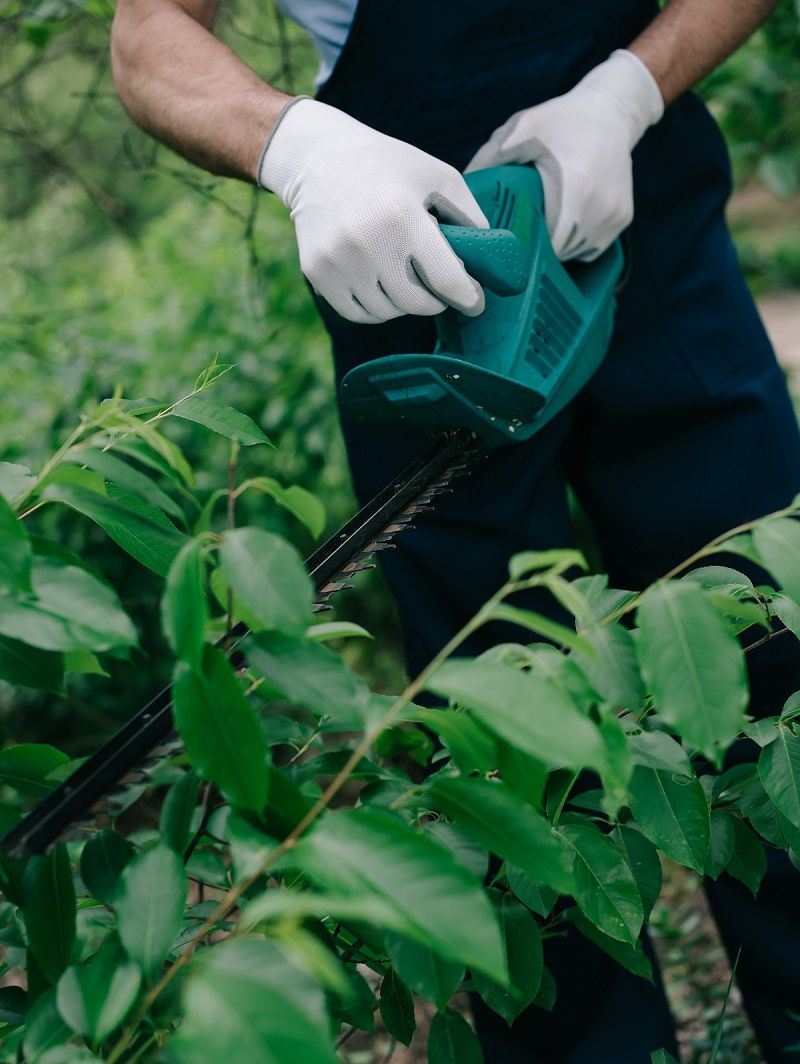
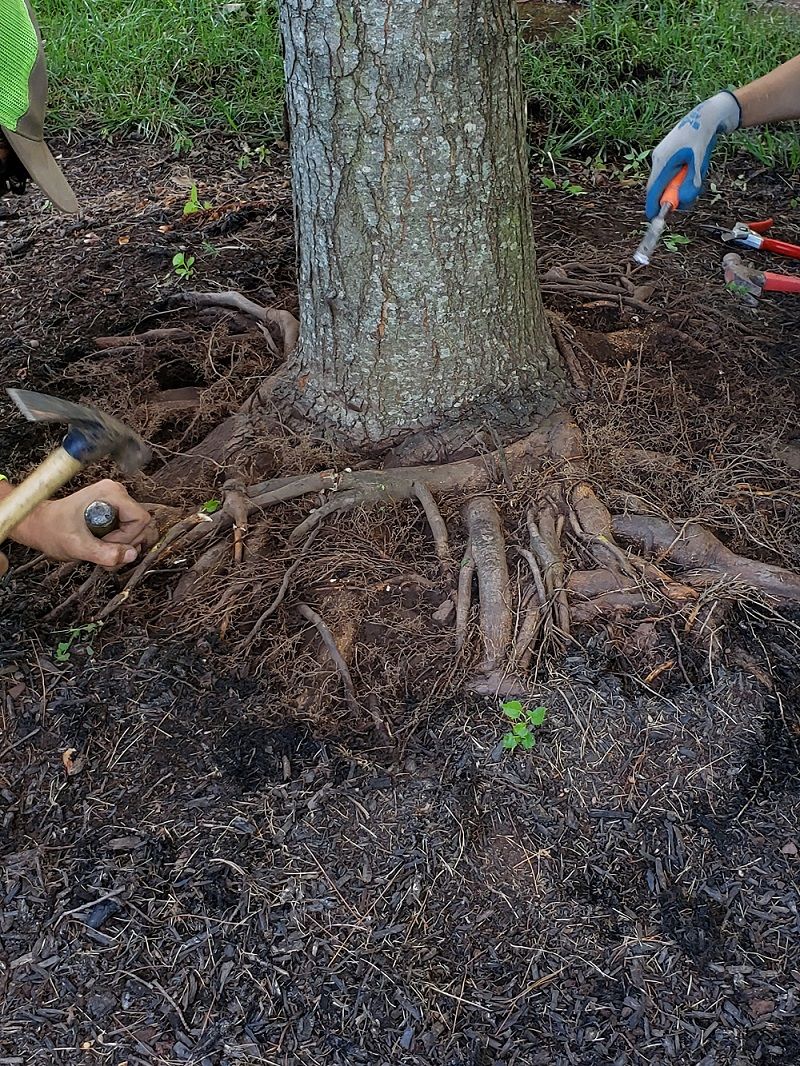
Root Services
Often, issues with roots are the causes behind problems with trees. The roots of a tree pull water and nutrients from the ground and distribute them throughout the rest of the tree, so anything that disrupts the growth or function of the roots will negatively impact the entire tree. Our team closely examines tree roots to identify and resolve any issues one might have. Here are some of the tree care services we provide for root health.
Root Collar Excavation
Trees need to be planted in specific ways to ensure proper root growth and health. Trees planted too deep, too shallow, or covered with too much mulch can fail to take proper root. Improper planting can lead to insect and disease infestation and poor movement of resources throughout the tree. The root collar is an important part of a tree because new roots form there. If a tree lacks the necessary space, there will be insufficient room for healthy root growth. To resolve these issues, we often perform root collar excavation, carefully removing debris around the base of the tree to expose the stem portion that is supposed to be above ground.
Girdling Root Removal
Girdling roots can severely inhibit a tree’s circulation of water and nutrients by wrapping around and constricting other roots or the main stem. Some of the causes of girdling roots can be improper planting techniques mentioned above, specifically if a tree lacks the necessary space for the roots to grow outwards. Girdling roots can result from constriction by artificial structures, like buildings, driveways, or sidewalks, or conditions in the soil, such as the presence of large rocks. The root collar needs to be fully exposed, so root collar excavation may be necessary to fix girdling roots. However, removing too much root tissue can be fatal to the tree. Our trained plant health care professionals provide skilled tree care services to ensure the proper course of action.
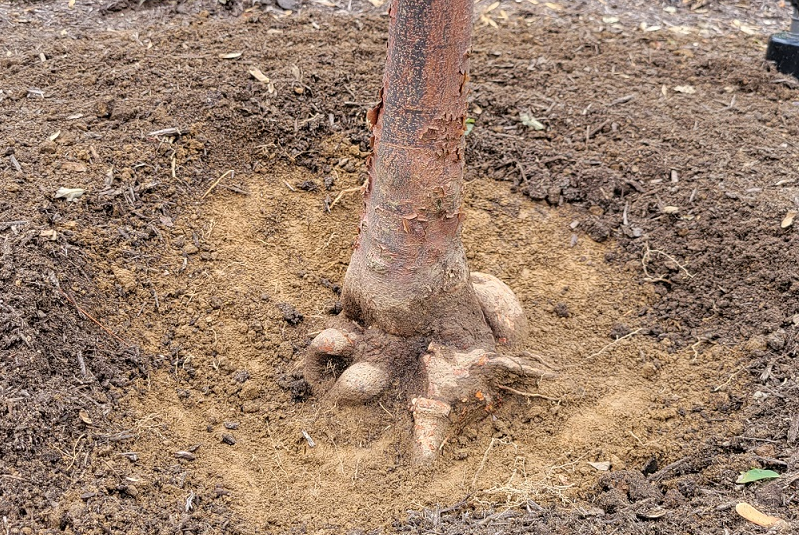
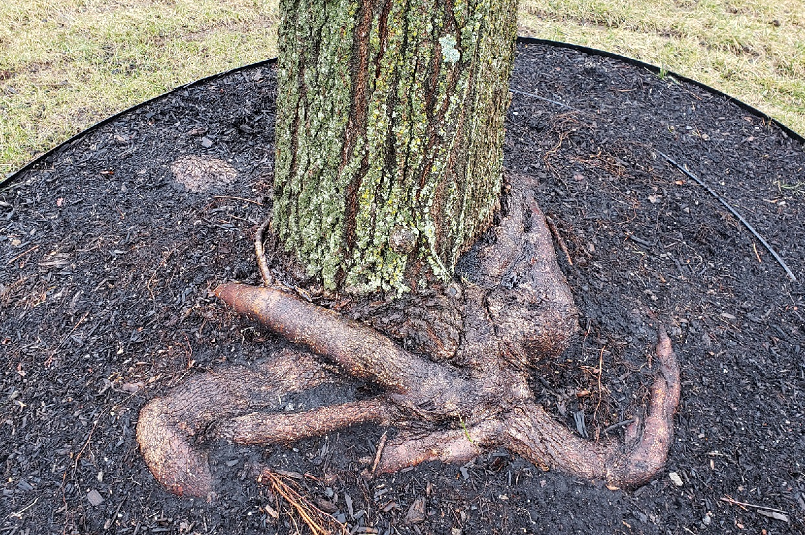
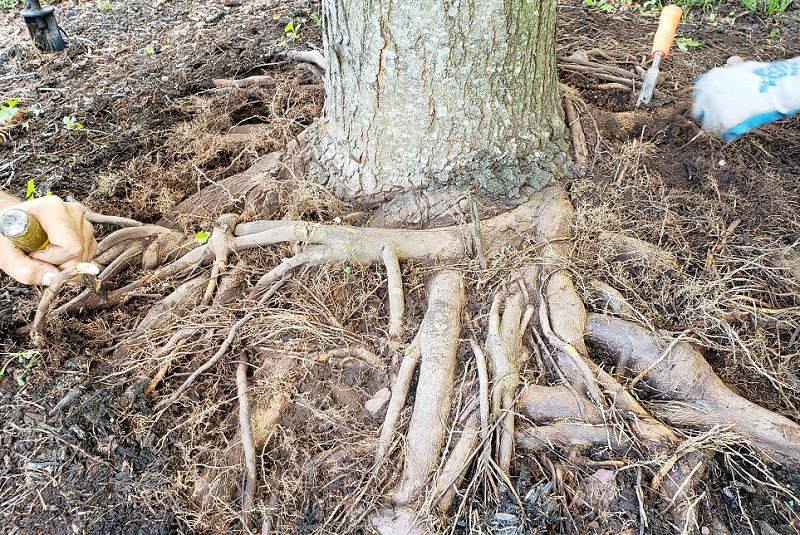
Root-Zone Invigoration
Root-zone invigoration is a technique to de-compact soil so that tree roots can easily absorb water, oxygen, and other nutrients.
There are many reasons why trees grow poorly. One of the most common is poor root growth due to compacted soil. The problem of compaction becomes more prevalent in urban areas where the soil is often compacted from building construction and traffic on streets and sidewalks. Compaction also occurs when heavy rains fall on soft soil that has little ability to absorb water. When this happens, the water runs off rather than being absorbed by the soil. This causes erosion along with poor root growth in plants growing in the area.
Root-zone invigoration helps increase oxygen levels in the root zone (the area where plant roots are located) by loosening up the soil so that air can enter more easily. It also increases moisture retention by allowing rainwater to penetrate into the ground instead of running off quickly; this helps trees grow better in dry climates or during dry periods in wet climates.”
Our technique of root-zone invigoration can safely break apart heavy, compacted soil without damaging the tree’s root system. Root-zone invigoration can be used on trees of various stages of growth, from newly planted to mature trees. We can also use this method to prepare soil if one plans to plant trees in their landscape.
Tree Supports
For newly planted trees or trees that storms have damaged, external support systems are often necessary to maintain their shape and health. Tree supports can help stabilize trees, which is especially vital if a tree is near other structures or objects (such as houses or vehicles) to minimize the chance of structural failure causing damage.
Depending on the tree’s age, size, and condition, various support systems are used to most effectively treat current and future issues.
- Ground anchors can allow root growth and stabilize newly planted, windthrown, or unstable trees.
- Chain-locks or arbor-ties can secure stems of limber, leggy plants to limit the risk of splitting or other damage.
- A full tight-wire trellis is good for plantings that need to be very uniform or are high-risk (such as boundary screens or fruit trees).
For Tree Care Services, Contact Burkholder PHC
Burkholder PHC emphasizes proper diagnosis and precise treatment. We have a team of experienced, qualified, ISA-certified arborists who use state-of-the-art research-backed methods and equipment. Our experience and process allow us to provide tree care services that take a proactive approach, helping encourage and maintain your trees’ health and appearance. For more information about our services, contact us today.


